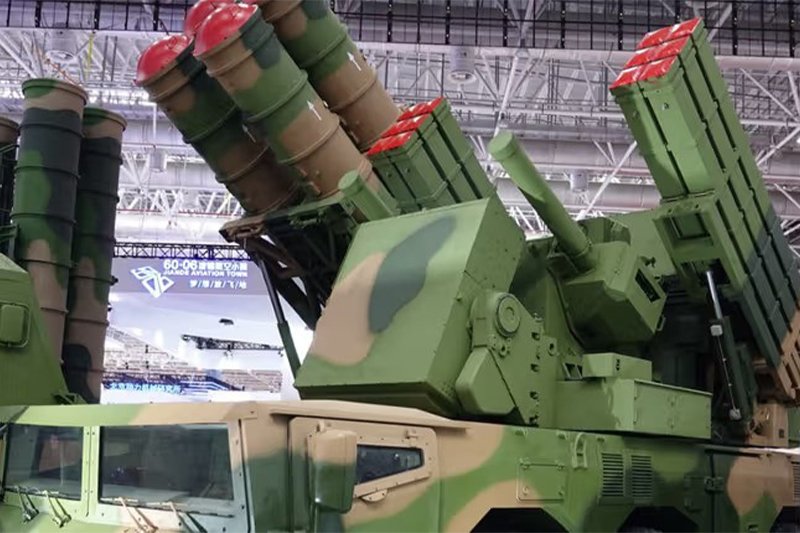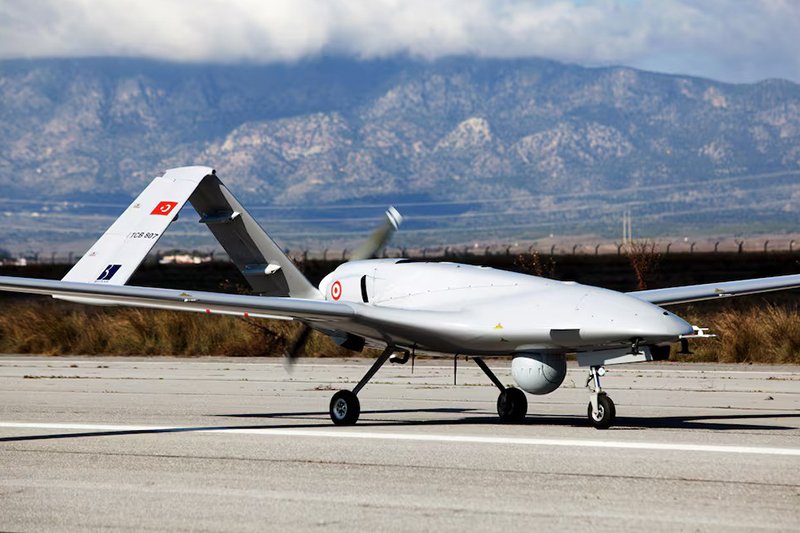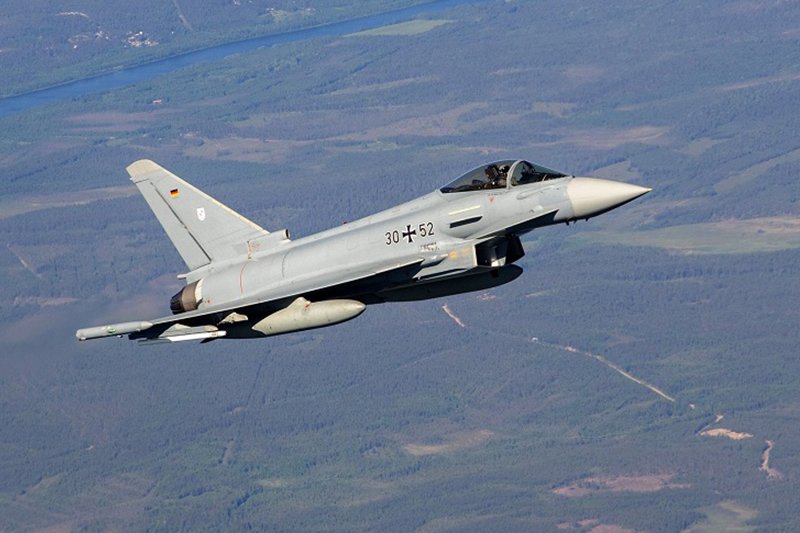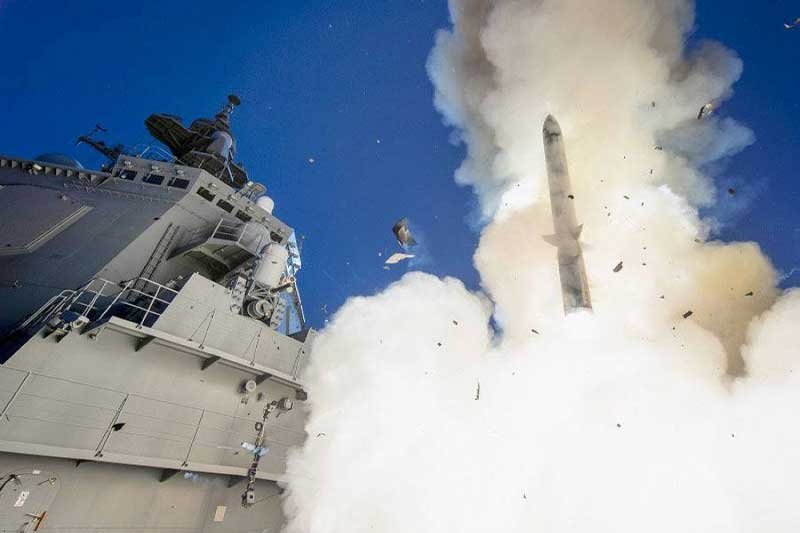U.S. and Japan to Co-Develop Hypersonic Glide Phase Interceptor
The United States and Japan have signed a formal agreement to jointly develop an advanced interceptor system designed to defeat hypersonic missile threats during the glide phase of flight. The Glide Phase Interceptor (GPI) cooperative project arrangement was announced on May 15th by the U.S. Missile Defense Agency and Japanese Defense Ministry.
According to the agreement, Japan will lead development of the rocket motors and propulsion components for GPI, while the U.S. Missile Defense Agency takes the overall system lead. The interceptors are envisioned to be integrated with Aegis BMD destroyers and the upgraded Baseline 9 weapon system for detection, tracking and engagement.
“By pursuing GPI development together, the U.S. and Japan will strengthen regional deterrence while enhancing longstanding missile defense cooperation between our two nations,” a U.S. government statement said.
Also read this: Slovakia Debuts Rapid-Fire Mortar at Defense Show
Defeating Hypersonic Glide Vehicles
Intercepting hypersonic glide vehicles that can maneuver at over 5 times the speed of sound is an enormously complex technical challenge. Their mobility makes predicting the glide path extremely difficult compared to traditional ballistic missile threats.
“Strengthening interception capabilities against these advanced missiles is an urgent issue,” Japan’s defense ministry stated, citing rapid advancement of hypersonic weapons in the region.
GPI is still in early development with Raytheon and Northrop Grumman competing to finalize design concepts. The Missile Defense Agency currently targets an initial operational capability for GPI in the mid-2030s timeframe.
However, the U.S. Congress has directed the agency to try to accelerate this timeline, mandating IOC for GPI by the end of 2029 with at least 24 interceptors fielded by 2040 to establish a full operational capability by 2032.
Cooperative Development Model
The GPI cooperative development project follows the model used by the U.S. and Japan previously to jointly produce the Raytheon SM-3 Block IIA ballistic missile interceptor. It falls under the broader U.S. Japan Memorandum of Understanding for jointly developing missile defense technologies.
By combining their industrial capabilities and budgets across both nations, the GPI co-development aims to speed up delivery of this critical new capability to counter emerging hypersonic missile threats from potential adversaries like China and Russia.
Keep connected with us at Facebook, Twitter, YouTube, Instagram & TikTok for latest defense happening around the globe.
Discover more from International Defence Analysis
Subscribe to get the latest posts sent to your email.











